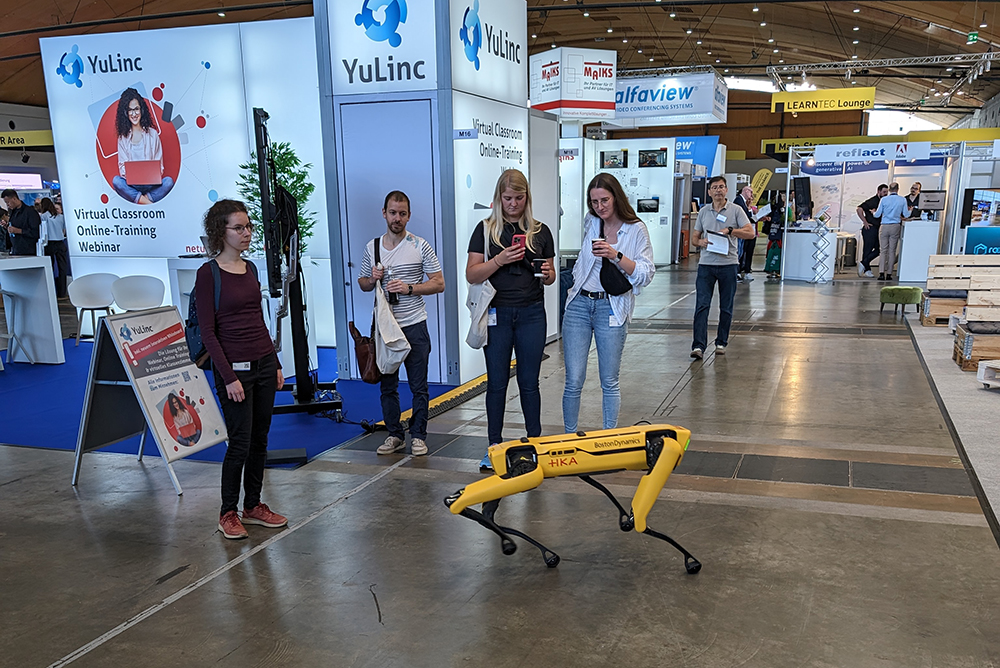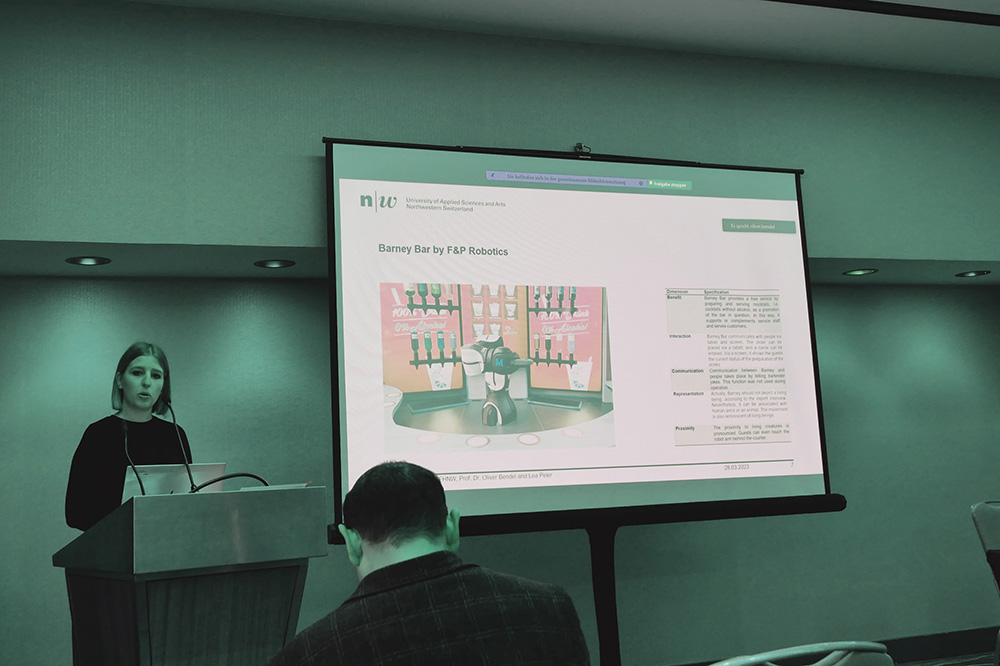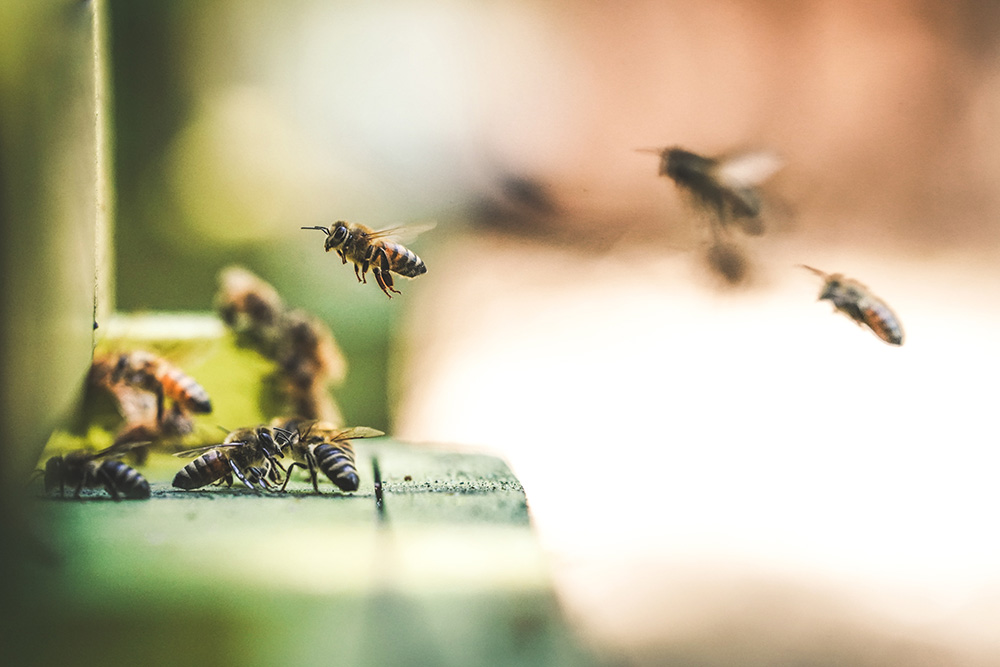According to a report by 404 Media on 22 July 2024, the Department of Homeland Security (DHS) has acquired and modified a dog-like robot called NEO. This robot, equipped with an antenna array, can overload home networks to disable Internet of Things (IoT) devices during law enforcement operations. Benjamine Huffman, director of the Federal Law Enforcement Training Centers (FLETC), revealed the details at the 2024 Border Security Expo. NEO, a modified version of Ghost Robotics’ Vision 60 quadruped unmanned ground vehicle (Q-UGV), helps disable potentially dangerous smart home devices that could be used as booby traps. This development follows an incident in 2021 in which a suspect used a doorbell camera to spy on FBI agents and shot at them, killing two agents. The DHS has also created the ‘FLETC Smart House’ to train officers on how to deal with IoT devices that could be used against them. Robotic pets are becoming increasingly popular with homeland security agencies and police forces. Boston Dynamics’ Spot is used on patrols in New York City and Germany.
GXO Signs Agreement with Agility Robotics
“GXO Logistics, Inc. (NYSE: GXO), the world’s largest pure-play contract logistics provider, and Agility Robotics, creator of the leading bipedal Mobile Manipulation Robot (MMR) DigitⓇ, announced today that they have signed a multi-year agreement to begin deploying Digit in GXO’s logistics operations. This agreement, which follows a proof-of-concept pilot in late 2023, is both the industry’s first formal commercial deployment of humanoid robots and first Robots-as-a-Service (RaaS) deployment of humanoid robots.” (Press Release, 27 June 2024) This was announced by Agility Robotics in a press release dated June 27, 2024. “Digit is a multi-purpose, human-centric robot made for logistics work, and designed to work safely in human spaces and help with a variety of repetitive tasks. Agility Arc is designed to simplify the deployment lifecycle, from facility mapping and workflow definition to operational management and troubleshooting.” (Press Release, 27 June 2024) According to Oliver Bendel, Digit, Atlas, Figure 01, H1, G1, and other models can be seen as preliminary stages of universal robots. It is important to test them in closed or semi-open worlds such as factories before releasing them into open worlds (Photo: Agility Robotics).
The First General-purpose Humanoid Robot
Starting from February 2024, the biped H1 from Unitree Robotics will be available at Generation Robots. It is “the most powerful and cost-effective humanoid robot on the market, measuring 1.80 meters, weighing 47 kilograms, and capable of walking at a speed of 5.5 km/h” (Generation Robots website). Until now, the Chinese company has been particularly noted for its quadrupeds, which are able to compete with the products of Boston Dynamics. Entry-level models like Go2 are unbeatably affordable, although it remains to be seen whether prices will increase after the initial surge. Unitree itself markets the H1 as the “First General-purpose Humanoid Robot”. The price is expected to be under 90,000 dollars. A video demonstrates how the robot moves confidently on two legs and remains stable even when attacked, without stumbling or falling (Image: DALL-E 3).
AI-based Robots for the Disposal of Discarded Ammunition
The Robotics Innovation Center (RIC) at the German Research Centre for Artificial Intelligence (DFKI) in Bremen wants to clear the seabed of discarded ammunition in the North Sea and Baltic Sea. This was reported by the online magazine Golem on 14 June 2023. The researchers are using the autonomous underwater vehicle Cuttlefish, developed at DFKI, as a test platform. According to Golem, the robot has been equipped with two deep-sea-capable gripper systems. These are designed to enable flexible handling of objects under water, even difficult objects such as explosive devices. The AI-based control system allows the robot to change its buoyancy and centre of gravity during the dive. According to the online magazine, the AUV is equipped with numerous sensors such as cameras, sonars, laser scanners, and magnetometers. This is how it is supposed to approach an object without colliding with it. The system will certainly be effective – whether it is efficient remains to be seen.
A New Version of Optimus
Tesla has so far caused more amazement than admiration among roboticists. Now the company has unveiled a revised version of its Optimus humanoid robot. It is said to have more capabilities than its predecessor. A video released by Tesla shows five of the robots in action. As an editor of the German magazine Golem points out, the robots walk much more safely than before and are also capable of sensitive interactions. The progress is attributed to improvements in the actuators and to human assistance. The design is still likely to put off many users. In particular, the head without a face will take some getting used to. But perhaps the eyes and mouth, including facial expressions, will be digitally implemented later. You can watch the video here.
Preprint on Bar Robots
From March 27-29, 2023, the AAAI 2023 Spring Symposia featured the symposium “Socially Responsible AI for Well-being” by Takashi Kido (Teikyo University, Japan) and Keiki Takadama (The University of Electro-Communications, Japan). This time the venue was exceptionally not Stanford University, but the Hyatt Regency SFO Airport. On March 28, Prof. Dr. Oliver Bendel and Lea Peier presented their paper “How Can Bar Robots Enhance the Well-being of Guests?”. The paper has now been published as a preprint and can be downloaded via arxiv.org/abs/2304.14410. From the abstract: “This paper addresses the question of how bar robots can contribute to the well-being of guests. It first develops the basics of service robots and social robots. It gives a brief overview of which gastronomy robots are on the market. It then presents examples of bar robots and describes two models used in Switzerland. A research project at the School of Business FHNW collected empirical data on them, which is used for this article. The authors then discuss how the robots could be improved to increase the well-being of customers and guests and better address their individual wishes and requirements. Artificial intelligence can play an important role in this. Finally, ethical and social problems in the use of bar robots are discussed and possible solutions are suggested to counter these.” More information on the conference via aaai.org/conference/spring-symposia/sss23/.
Atlas Finally has Hands
“Boston Dynamics just released the latest demo of its humanoid robot, Atlas. The robot could already run and jump over complex terrain thanks to its feet. Now, the robot has hands, per se. These rudimentary grippers give the robot new life. Suddenly, instead of being an agile pack mule, the Atlas becomes something closer to a human, with the ability to pick up and drop off anything it can grab independently.” (TechCrunch, January 18, 2023) This was reported by TechCrunch on January 18, 2023. Hands are actually very important for Atlas. The humanoid robot could now pick up or move heavy objects on a construction site. But it could also take care of trapped or injured animals in a nature park, freeing them or providing them with food and water. Such visions have been described by robot ethicist and machine ethicist Oliver Bendel for some time. A video released on January 18, 2023 shows the grippers picking up construction lumber and a nylon tool bag. “Next, the Atlas picks up a 2×8 and places it between two boxes to form a bridge. The Atlas then picks up a bag of tools and dashes over the bridge and through construction scaffolding. But the tool bag needs to go to the second level of the structure – something Atlas apparently realized and quickly throws the bag a considerable distance.” (TechCrunch, January 18, 2023) At the end of the video, Atlas does a somersault and then extends its hand – its brand new hand – triumphantly.
United Robotics Group launches Plato
United Robotics Group launched the Plato serving robot in Europe and the United States in November 2022. This is according to a press release from the recently formed European alliance of companies and experts. “By combining the functions of industrial and social robotics, with its optimal HRI (Human-Robot Interface), Plato inherits not only the interactivity and expressivity from the world’s well-known humanoid robots Pepper and NAO but also comes with high-level standards of stability and reliability.” (Press Release, November 2022) The reference to industrial robotics is noteworthy, as it is more of a combination of service robotics and social robotics. It is typical that transport robots (think of Relay) and security robots (think of the latest model of K5) are given social features and capabilities such as eyes, mouth, or natural speech. The alliance also uses the unusual term “cobiot” to refer to a mobile robot that assists and collaborates with humans. “The cobiot, designed in Paris and manufactured in France to function in lively, fast-moving environments like restaurants, features an autonomous mobile platform and smart indoor navigation system, destined to support the hospitality and food industry service workers with delivery experiences and advanced safety features.” (Press Release, November 2022) Plato is a competitor of BellaBot, a serving robot with a cat face from Pudu Robotics in China. This robot is in use in Poland, Slovenia, Germany, and Switzerland, for example. It will be interesting to see which model the guests in Europe will prefer.
Robots Dancing Like Bees
Robot-robot communication and interaction usually takes place via networks. Spoken language can also be used. In certain situations, however, these methods reach their limits. For example, during a rescue operation in disaster areas, communication via radio signals might not be possible. With this in mind, Kaustubh Joshi from the University of Maryland and Abhra Roy Chowdhury from the Indian Institute of Science (IISc) have developed an alternative approach. Their paper states: “This research presents a novel bio-inspired framework for two robots interacting together for a cooperative package delivery task with a human-in the-loop. It contributes to eliminating the need for network-based robot-robot interaction in constrained environments. An individual robot is instructed to move in specific shapes with a particular orientation at a certain speed for the other robot to infer using object detection (custom YOLOv4) and depth perception. The shape is identified by calculating the area occupied by the detected polygonal route. A metric for the area’s extent is calculated and empirically used to assign regions for specific shapes and gives an overall accuracy of 93.3% in simulations and 90% in a physical setup. Additionally, gestures are analyzed for their accuracy of intended direction, distance, and the target coordinates in the map. The system gives an average positional RMSE of 0.349 in simulation and 0.461 in a physical experiment.” (Abstract) The way of interaction and communication is reminiscent of the bee dance – and indeed this served as a model. The paper can be accessed via www.frontiersin.org/articles/10.3389/frobt.2022.915884/full.
A Robot Among Penguins
British Filmmaker John Downer has created artificial monkeys, wolves, hippos, turtles, alligators, etc., to observe appropriate wildlife and obtain spectacular images. His well-known robots are very intricately designed and resemble the animals they mimic in almost every detail. It is not necessary to resort to such technically elaborate and artistically demanding means for all species. USA Today reports in a recent article about a robot called ECHO. “ECHO is a remote-controlled ground robot that silently spies on the emperor penguin colony in Atka Bay. The robot is being monitored by the Single Penguin Observation and Tracking observatory. Both the SPOT observatory, which is also remote-operated through a satellite link, and the ECHO robot capture photographs and videos of animal population in the Arctic.” (USA Today, May 6, 2022) ECHO does not resemble a penguin in any way. It is a yellow vehicle with four thick wheels. But as a video shows, the animals seem to have gotten used to it. It comes very close to them without scaring them. Wildlife monitoring using robots is becoming increasingly important, and obviously very different types are being considered.









